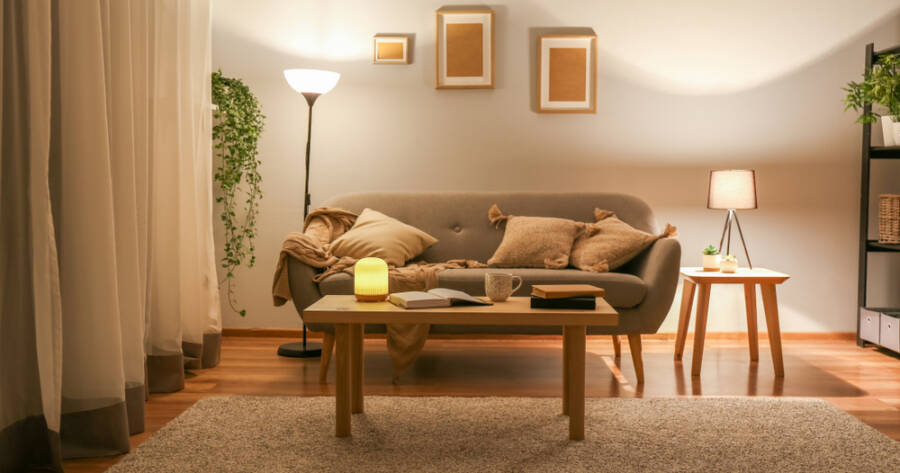In an age of nonstop screens and blurred work-life boundaries, many Americans are craving a place to simply be. That’s where the concept of a “third space” comes in — a spot that’s not work and not your main living area, but something in between. A third space is a mental and physical escape where you can relax, reflect, or connect — no screens required. Whether you live in a house or a small apartment, understand how to create one that truly supports unplugged living.
What Is a Third Space — and Why Does It Matter?
The idea of a third space comes from sociology. Traditionally, our “first space” is home, and our “second space” is work. A third space is where community and personal restoration happen — think cafes, libraries, parks, or art studios. It’s where you go to recharge without pressure or performance.
Bringing that idea into your home means carving out a screen-free zone that encourages slow, intentional time. This space isn’t for chores or deadlines. It’s for reading, creating, journaling, or simply sitting quietly. With remote work and digital distractions on the rise, a home-based third space helps mark the line between doing and being.
Choose a Spot That Feels Separate
You don’t need a spare room to build your third space. Even a corner can become meaningful with the right design. What matters most is that the space feels different from your everyday environment — physically and mentally.
Look for an area that doesn’t face a TV or computer screen. A window nook, the end of a hallway, or a cleared-out section of your bedroom can all work well. The key is that this space signals a shift in energy when you enter it.
You might define the area with a small rug, a chair that faces away from distractions, or a freestanding shelf that sets it apart. If you can, avoid places where household traffic is high. This is your spot to be undisturbed — even if just for ten minutes at a time.
Furnish with Simplicity and Comfort in Mind
The design of your third space should support ease and presence. Keep things simple, but don’t sacrifice comfort. Start with seating — a floor cushion, a reading chair, or even a hammock if the space allows. Add a soft blanket or small side table to hold a book or tea.
Natural elements like plants or wood help ground the space, while soft lighting sets the tone. A small lamp, salt lamp, or even candlelight can signal that this is a time for slowing down. Avoid harsh overhead lighting, and try to let natural light do the work during the day.
The idea isn’t to fill the space with decor. Instead, include a few meaningful objects: a journal, a photo, a favorite book, or something from nature. These quiet touchpoints help the space feel alive without overstimulating your senses.
Create Rituals That Anchor the Space
A third space becomes more powerful when you use it regularly and intentionally. Think of it as a place where small rituals unfold — nothing complicated, just consistent. Maybe it’s where you sip coffee in silence each morning, write in a journal at night, or sketch or paint once a week.
Because this is a screen-free zone, leave your phone and laptop outside. If you use the space for music, choose a non-distracting setup — like a record player, radio, or a small speaker pre-set to calming soundscapes.
Over time, your body and mind will start to recognize this space as a place of calm. Even five to ten minutes spent here each day can feel like a reset button, especially when life gets chaotic.
Adapt the Space with the Seasons of Life
Your third space doesn’t have to stay the same forever. Let it evolve with your needs. In the summer, maybe it extends outdoors to a balcony or garden. In the colder months, perhaps it becomes a cozy corner for reflection and warmth.
Some seasons of life call for more solitude, while others invite gentle connection. You might use the space for meditation, reading aloud with a child, or sipping tea with a partner. The only constant is the intention: to unplug from pressure and plug into presence.
Don’t be afraid to refresh the space when it feels stale. Change a cushion, rotate in a new book, or add a seasonal item. These small updates keep the space fresh and meaningful without becoming cluttered or chaotic.
Make Space for Stillness
In a world filled with noise and notifications, a third space at home gives you permission to pause. It doesn’t need to be large or perfectly styled — just honest, intentional, and yours.
Whether you use it to reflect, rest, or simply sit in silence, this space becomes a refuge from the rush of daily life. By designing a place for stillness, you make room for clarity, calm, and connection — not just to your surroundings, but to yourself.

